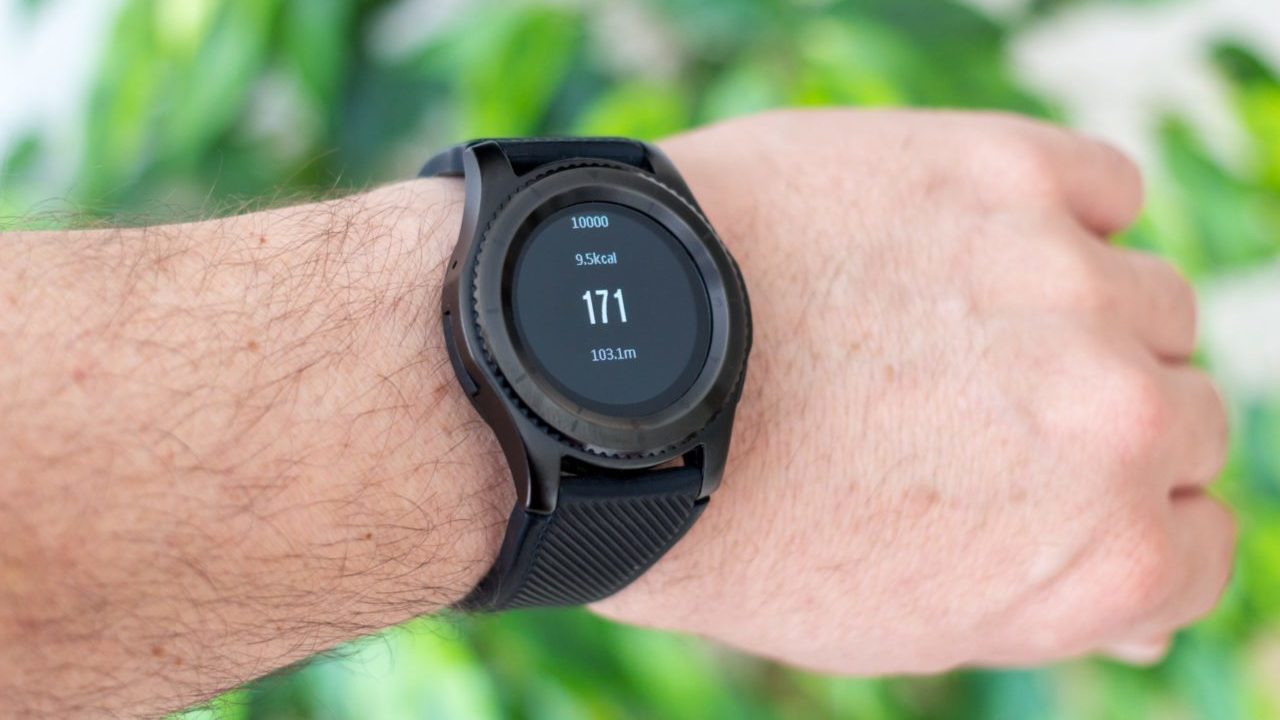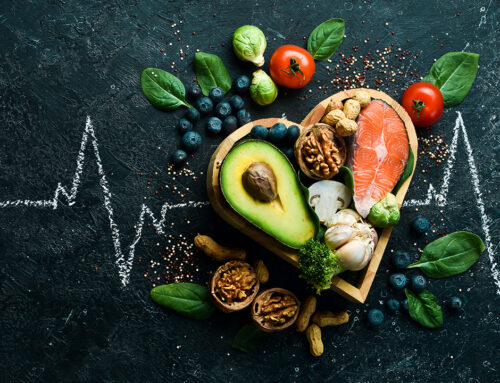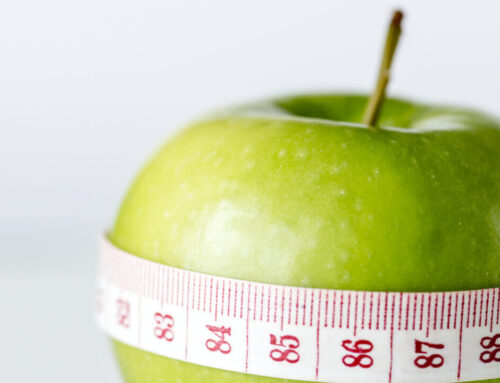Calories act like they’re a mythical creature which inhabits your sweatpants and shrinks them a little tighter when you go to sleep each night. After all, you’ve never actually seen one. Nobody has. And this makes them a bit like dietary atoms. Not being able to see them (you can’t) doesn’t make you shy about imbibing, however, because the average American gobbles up 3,682 each day. And that figure (massively more than the recommended amount) is just a typical day, because on special occasions, such as Super Bowl Sunday, this figure can rise to a mind-blowing 11,000 calories. That’s the stuff linemen are made of. Despite how old school calories are as a measuring metric for your food, they continue to be everywhere, acting as a judge, jury and executioner of the food and exercise world. But what you think you know about them could be very wrong. So, here’s what you need to know about what you can taste, but never see.
Calorie Uncovered
Figuring out how many calories are in something simple like a grain of rice or slice of bread is more complicated than you might think. Calories are a unit of measurement related to energy. A calorie is the energy needed to increase the temperature of 1 gram of water by 1°C. It was originally used a measure for steam power but was soon applied to the contents of your burger. And since your brain, muscles and pretty much every cell in your body demands energy to function, that’s how this unit of measurement got applied to food. To calculate how many are in foods, the chow is put in a container surrounded by water and incinerated. The resulting rise in water temperature is used to figure out how many calories are in a food, especially those multi-element foods like your beef pie. Trouble is, your gut isn’t a scientific research module and your body runs on chemical energy created by your digestive acids eating foods. This is then distributed and absorbed by all your cells. It’s actually really tricky to liken the energy in your stomach and those digested by a raw flame. This means what you think you know calories are probably a big fat lie, even the way people write about them, means they’ve been incorrectly portrayed.
Calories Are Cunning Beasts
When you follow a “If It Fits Your Macros” (IIFYM) approach, you can boast about your love of candy all day and probably still pop abs in your IG posts. You might look good, but it’s without question that your insides will be paying a severe price. So, if you only care about the former then what do calories have to say about it? Well, research at the Wake Forest University School of Medicine found two diets, both equal in calories, resulted in very different results. The diet high in trans-fats weighed in its participants a whopping 8% heavier, which is rather a lot. “Diets rich in trans-fats cause a redistribution of fat tissue into the abdomen and lead to higher body weight even when the total dietary calories are controlled,” says Dr Lawrence Rudel the study author. So, if you ate 100 calories worth of raw organically grown asparagus, you’re going to be leaner than a dude who lives on calorific energy drinks. Justice is served and all is well with the world. This works because biologically speaking fats and carbs require fewer calories to digest while protein and fiber use far more calories in the digestive process. You could argue that making large portions of these foods the cornerstone of every meal is the recipe for success, but is this the case? Well, a meta-analysis in >PLOS ONE decided to do just this by comparing low-carb diets with a balanced diet that didn’t shun any of the macro-nutrients, yet was still lower than their usual calorie intake. Both diets decreased bodyweight and improved the markers of cardiovascular disease, which means neither diet was better. This doesn’t mean the IIFYM approach is vindicated, but it does prove that calories could be the ring masters for controlling your bodyweight (without considering your health), not your carb: fat ratio or the elimination of an entire macro nutrient. It was the calorie deficit that created the body fat loss. Simple, huh? Yeah, but this is only true sometimes and none of the above may even be true at all if you’re supposed to believe conflicting research below.
Calorie Conundrums
Laughing in the face meta-analyses and randomized controlled trials sits conflicting research at the University of South Carolina. They wanted to know how the calorie intake impacted physical activity and body weight status in 430 people. They found calorie intake didn’t differ significantly between the normal, overweight and obese weight participants. When you consider that an obese person has more body mass in general, this in effect means they’re consuming fewer calories – a larger, heavier body requires more calories to move around than a lighter one. However, as overweight and obese people also move less (do less exercise or general activities), their calorie intake is more likely to contribute to weight gain. The upshot: movement is what helps control your weight, not what you eat. Hence the need for us to exercise. Your body is adept at trying to hang onto your calories as an evolutionary response that ensured the survival of the human race. Effective it may be, but only because your DNA is biologically geared to do it better.
Your genetics are not against you
Why is it that some featherweight dudes can attack buffet lines and still leave with the physique of a racing snake? It’s largely thanks to their mom and pop. Research in the >European Journal of Clinical Nutrition found genetics do in fact affect how many calories you burn when you’re warming the sofa. So, if your family is lean, chances are you’ll be too and the same goes sadly if your parents are porky. But you don’t have to see a Columbian expert in underground stem cell research to rectify your genetic shortcomings – simply start fidgeting. Research at the Mayo Clinic found the key factor in predicting fat gain was the change in calories burned during the day during daily living. And those who fidgeted, changed posture or just moved around, burnt the most calories, even when people did different types of exercise. Crank your iPhone vibes to start tapping your foot, shadow box every so often or get up from your desk to talk to a colleague rather than emailing them.
Everyday Misjudgements
When it comes to estimates, we pretty much always get things wrong. Whether it’s time, the weather or politicians expecting not to get poisoned for opposing Vladimir Putin – humans’ judgement is universally horrible most of the time. And your food is no exception. A paper at the University of Otago got 70 people to make decisions on food energy and portion sizes and found they were pretty much all hopeless. “Although people are generally good at differentiating high-calorie foods from low-calorie foods, this judgement process appears to be more intuitive for some than others. For some people, if a high-calorie food is presented in a small quantity, it appears to be less ‘unhealthy’,” says study lead author Dr Mei Peng. If you think you’ve got a good feel for how many calories are in certain foods, then you’ve got it hopeless wrong. The only way to remedy this is to measure all your food for a week or two. That will give you rough estimates and better visual guidelines for knowing how many calories are in certain food options. Get a digital kitchen scale and measure what you’d normally eat, just to give yourself a rough idea of what’s actually going into your mouth. This is not a sustainable practise and can lead to eating disorders if you go at it for too long, but it will recalibrate your knowledge base closer to the truth about the volume of calories you’re enjoying.
Truth Be Told
Marketers are so crafty you could pin a tail on them and call them a weasel which means they love nothing more than to sell you the sizzle, not the steak. To that end, they’ll trick up the packaging and blurbs around products to make you believe there are fewer calories. Obviously, the nutritional lawmen are onto these tricks so legally, all products have to have the number of calories and ingredients listed somewhere on the packaging. But there’s no law that says results may vary, particularly in the restaurant trade. Over 19% of the samples tested by a study in the >Journal of the American Medical Association had 100 calories more than the menu said they had. Yes, they’re just estimates in case the chef slips with the sauce which is fair enough. They are very valuable inclusions however because a paper at the University of Technology Sydney found calories on a menu not only made people choose lower calorie options but also encouraged retailers to provide lower calorie options. So, it’s not really a big deal if you only eat out infrequently, but it can make a huge deal if you hate cooking but love eating in restaurants. The golden rule when eating out is to just order off menu. There’s not a chef alive who will refuse to cook up some veggies and a slab of meat. That’s one of the lowest calorie options you can enjoy, and it gives you complete control of what you’re eating. Except when you’re in KFC. In which case just roll over and show them your fattened underbelly.
No Calorie Fool
Getting lean gives you an arsenal of low and free choices: fat-free, sugar-free, carb-free and low-calorie. Trouble is, your fat-free yogurt is often loaded with sugar while the sugar-free yogurt is loaded with chemical sweeteners. Catch 22, eh? Chemical sweeteners are new to our digestive systems and can cause problems because of this. What’s more, research at Purdue University found that these zero-calorie artificial sweeteners might actually make you eat more calories because they disrupt the link between sweetness and high calories. So, if you taste something sweet and don’t get calories, then your body tells you to go out and look for them. The ideal way to make serious changes is not to count calories at all. A paper in the >British Medical Journal suggests if you want to rapidly reduce disease, illness and death from cardiovascular troubles then people need to focus on the nutritional benefits of foods. This means knowing that having a sugary drink each day (150 calories) is associated with a significantly increased risk of type 2 diabetes but eating nuts every day or four tablespoons of extra virgin olive oil (around 500 calories) is associated with a significantly reduced risk of heart attack and stroke. Calories aren’t what you think – real food is what counts and you need plenty of it to be healthy in weight and in mind.







